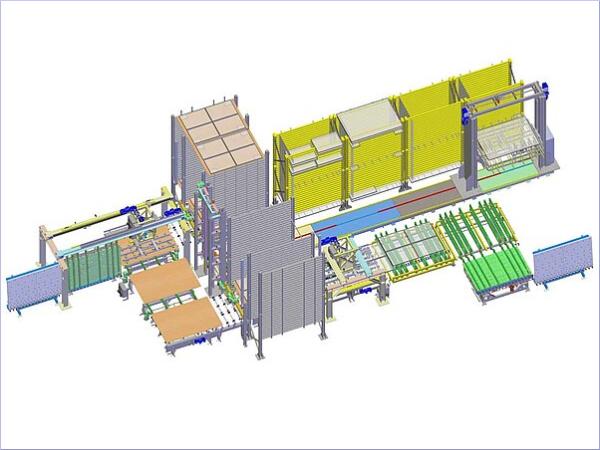
Date: 12 July 2024
One of the benefits of the new concept is that it simplifies the introduction and post-production of missing or damaged units. In addition, the strict dependency between dispatch and production is resolved. This pushes a previous principle of production to its limits and opens up additional opportunities for optimisation: the dispatch sequence is no longer the dominant factor for IGU production.
“Missing panes or scratched units are almost always a challenge for insulating glass production,” says HEGLA Managing Director Bernhard Hötger, describing the motivation behind the development of the system. “As soon as a batch is being processed and the originally planned sequence can no longer be adhered to, there is a high handling effort on the production line, which sometimes leads to interruptions to production.” The order batch is usually organised in descending order from large to small formats so that the units can be transferred to the available A or L racks in shipping order and without restacking. If post-production is then required, for example due to scratches in the glass, this sometimes leads to the dispatch process being cancelled and the glass racks are positioned in another area of the hall, which is both time-consuming and labour-intensive. Alternatively, the subsequent units are placed on additional racks, so that the desired order has to be restored later by employees.
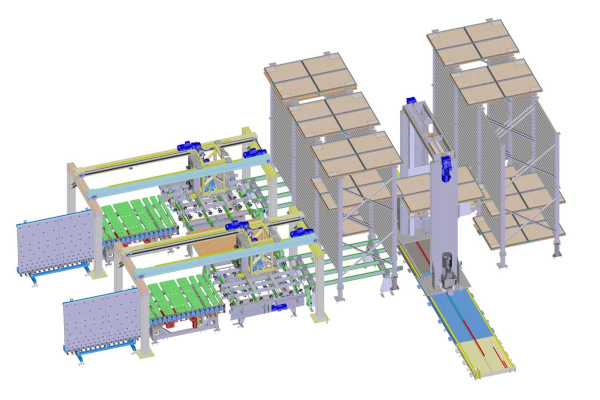
Preparation for dispatch only once all IGUs are available
By buffering the manufactured insulating glass units, the new SortJet IG sorting system decouples the processes between production and dispatch, reducing direct dependency: the loading of the racks only begins when all units of an order have been produced. To achieve this, up to four insulating glass units are automatically transferred to a transfer plate immediately after completion on the line and stored in a drying tower. Depending on the configuration, they are removed after curing and transferred to a horizontal sorting store. Once a customer batch is complete and ready for dispatch, the operator or the software triggers the provisioning process and all panes are ejected in the required sequence. “This process offers a major advantage, especially for post-production and mixed glass types”, says Bernhard Hötger. “A missing unit can be produced and sorted at any time without causing the IGU line to come to a standstill or requiring more labour.” Finally, intermediate storage and optimised merging also create a reliable glass transfer in sequence, which makes the use of robots possible as a further expansion step to relieve personnel.
Solving direct dependency enables optimisation
Once the production requirements between the insulating glass line and the dispatch provision have been relaxed, there is further potential for optimisation. “With the option of combining the customer batch in the sorting system only after manufacturing, production can be organised more flexibly and efficiently”, explains Bernhard Hötger. Depending on the customised equipment of the insulating glass line, for example, it is advantageous in terms of set-up times to produce single-variety double or triple glazing. Furthermore, batches with the same gas filling or sealing compound can also lead to improved processing times.
“In the future, comprehensive optimisation of the offcuts and the isoline will offer further potential for cycle times and glass utilisation,” says the HEGLA Managing Director. “With this system, we are creating a new level of process flexibility that previously seemed impossible in IGU production.”
 600450
600450

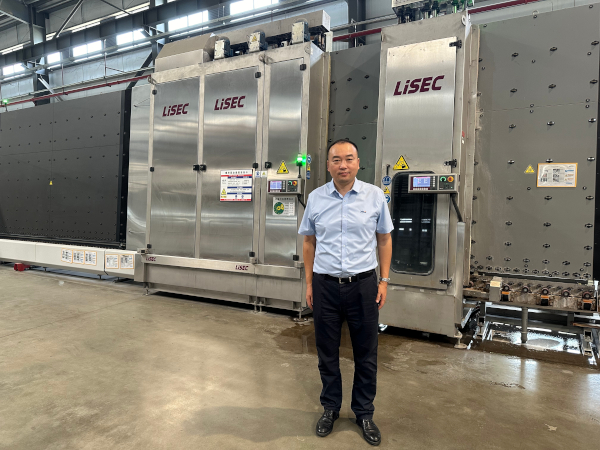
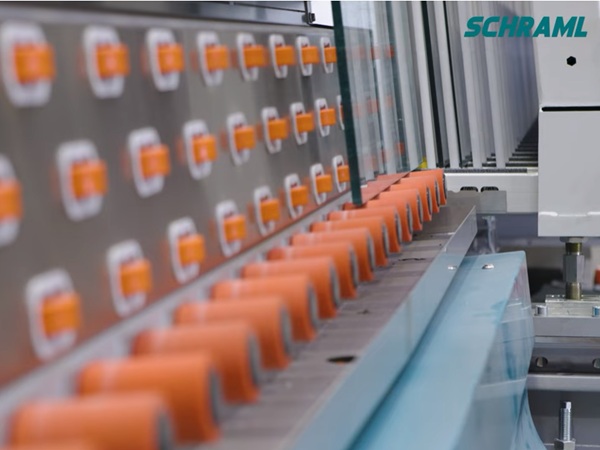

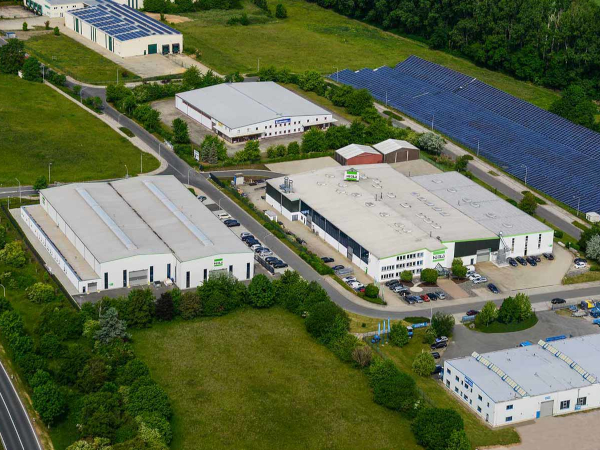
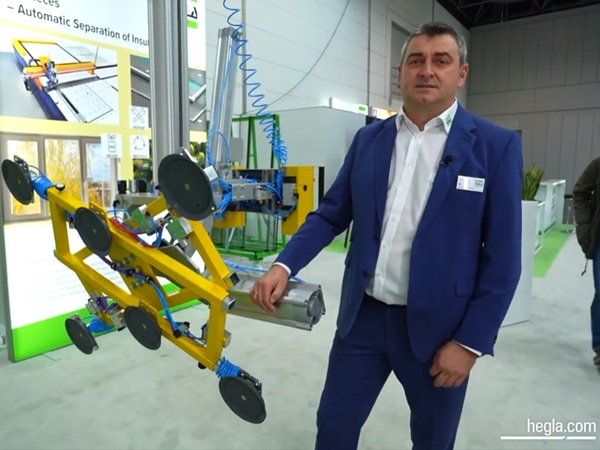
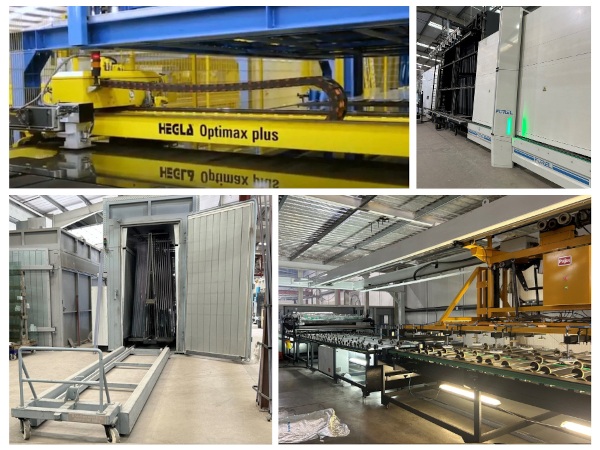











Add new comment